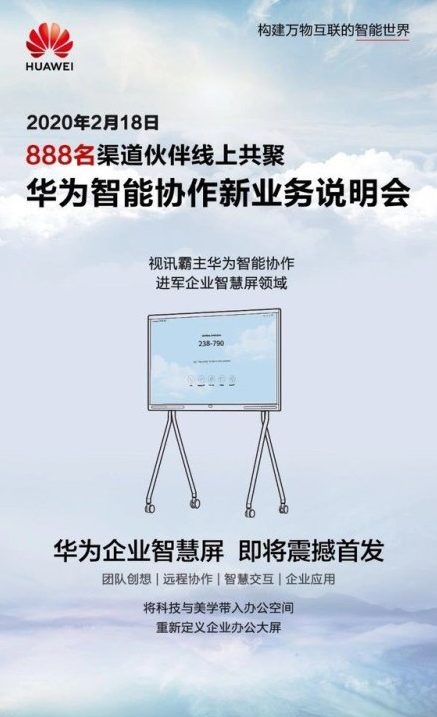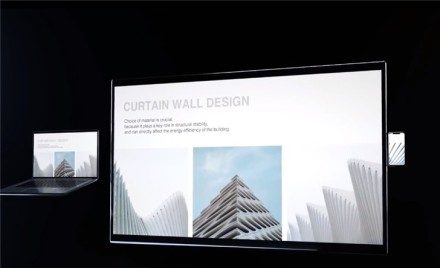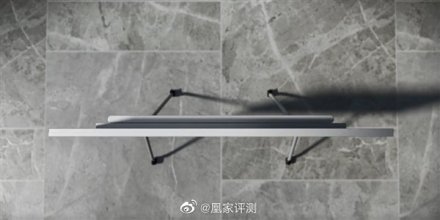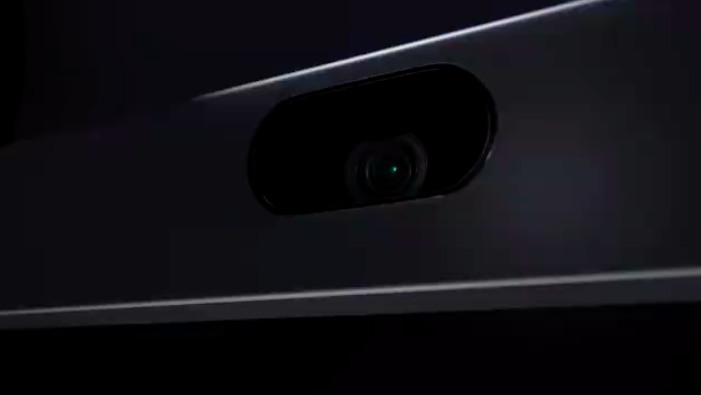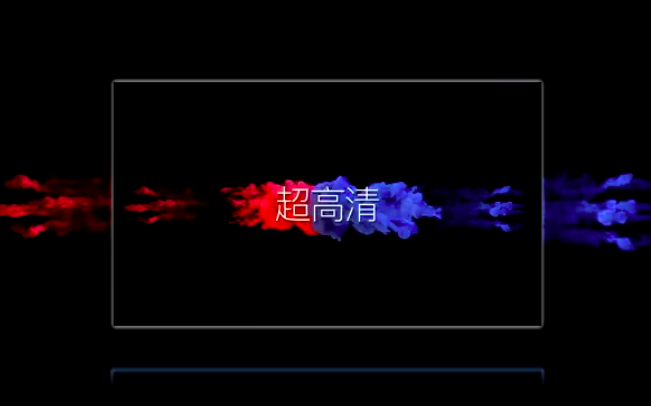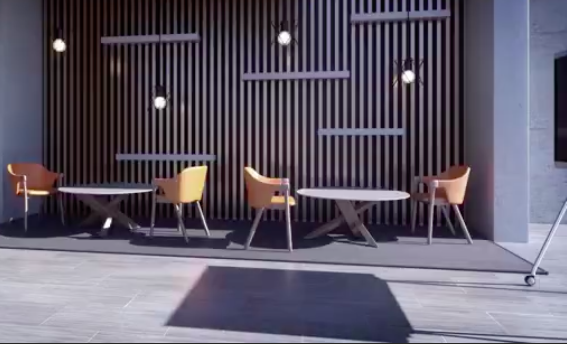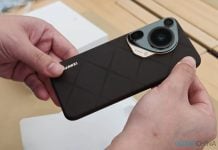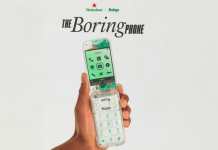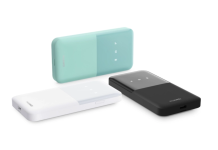Huawei launched its Vision Smart TV lineup in China in 2019. And the company confirmed today that it will add a new Enterprise-grade Smart Display to the lineup at its Feb. 24 virtual press conference in Barcelona, Spain. This move would put it in competition with the likes of Microsoft’s Surface Hub 2S Whiteboard for enterprise users.
The company’s teaser video confirms some of the features on the device. First, the smart display will be portable as Huawei is offering a rollable stand for the display. This enterprise-grade Vision TV will focus on four core features: Team Ideas, Remote Collaboration, Smart Interaction, & Enterprise Applications. So this means the smart display will offer features like teleconferencing between teams and probably touch screen interactions too. The display will be powered by the company’s own HarmonyOS, the same platform that runs on its other consumer-grade Vision TVs in China.
In the teaser video, Huawei also confirms seamless collaboration between laptops and mobile devices. Given that this is an enterprise-grade solution, we may expect support for 5G too. However, it’s yet to be confirmed. The video also confirms a camera on board, which is also found on its consumer-grade Vision TV models in China.

